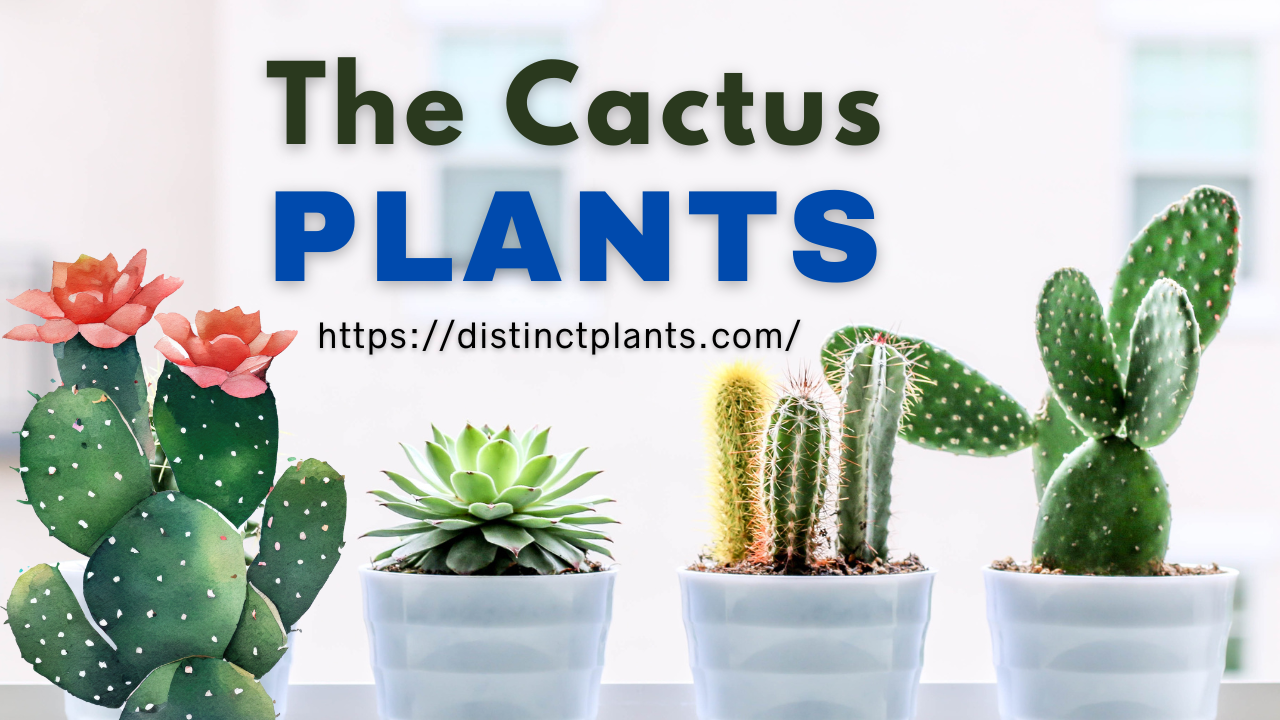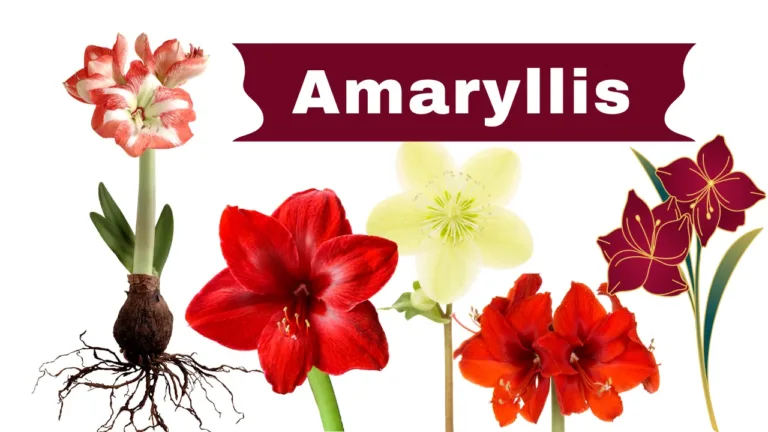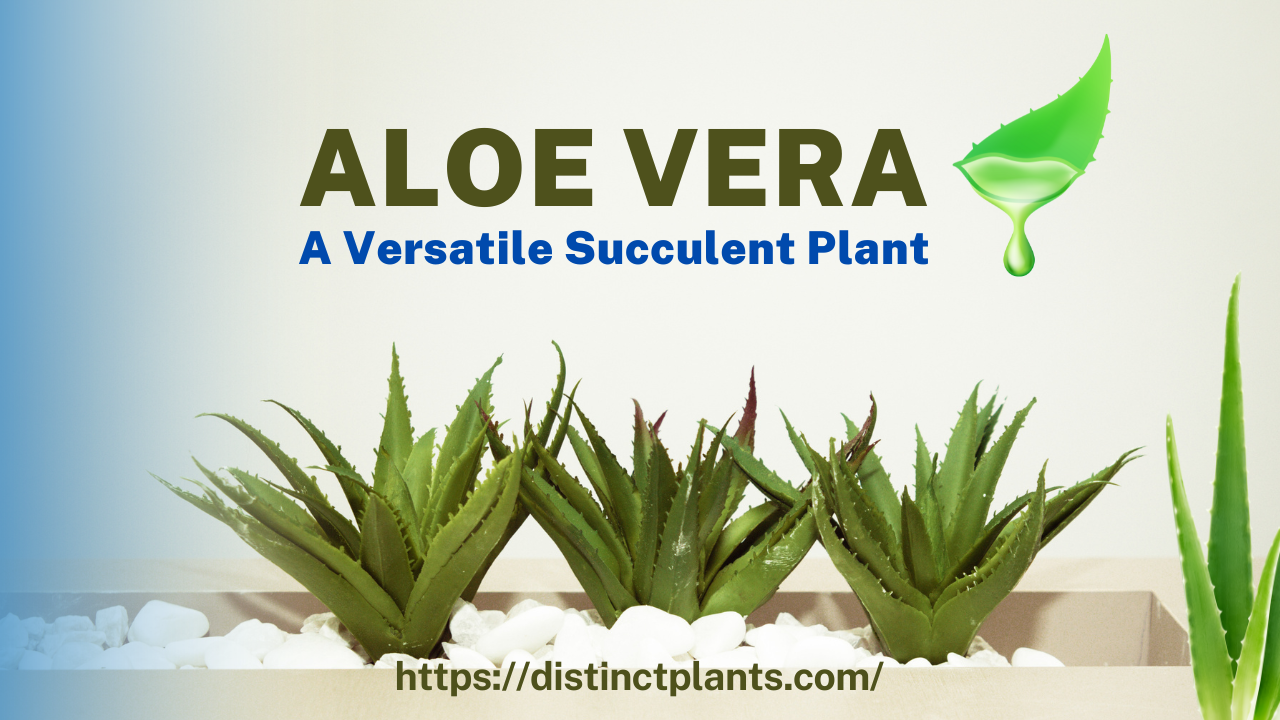The Cactus Plant; An Immune System Booster
What is the cactus plant? I was amazed when I knew about it and its properties. It is also known as cacti. Cacti, or the Cactaceae family of flowering plants, are made up of 139 genera and about 2000 species. Most of North and South America is home to cacti.
There are two groups of this family. Core cacti; its subfamily name is opuntioidea and cactoids; its subfamily name is catcoidea.It is a flowering plant having colorful and solitary flower. It is useful and beautiful. This is one of the distinctive family in plant kingdom.
Physical properties
Succulent perennial plants are called cacti. Thick, chlorophyll-containing herbaceous or woody stems are characteristic of cacti. Areolae, tiny cushion-like structures with hairs (plant hairs), and, in nearly all species, spines or spiky bristles (glochids) are characteristics that set cacti apart from other succulents.
Areoles are modified branches that can sprout flowers, other branches, and leaves when they are present. In the majority of species, the stem has taken over the photosynthetic processes of the plant and leaves are either completely gone, drastically reduced, or altered into spines.
This decreases the amount of surface area from which water may be lost. and the plant’s photosynthetic processes have been assumed by the stem. Whether the stem surface is flat or adorned with projections, ridges, and grooves affects how the plant looks.
Summary
The cactus is a fascinating plant. It is also known as a Cacti, which is unique succulent plant. It is famous for water storing abilities and it belongs to the cactace family of American plants. Now it is found everywhere from forest to desert. It is commonly characterized by its spines and modified leaves. It is of different shapes and colors. It has unique (CAM) photosynthesis process. Its flowers are variable and unique and also known as wild flowers. Bees, Hummingbirds and bats are its significant pollinator. It has been observed that now our modern world is cultivating, it as an ornamental plant. It can survive on extreme temperature and low water quantity. It has become a popular house plant because of its less requirements and beautiful appearances.
Types of Cactus Plant
Prickly pear
Any prickly cactus with a flat stem and edible fruit is referred described as a prickly pear cactus, or nopal. They are planted for their fruit and edible blades and are endemic to the Western Hemisphere. The Engelmann prickly pear and the Beavertail cactus are the two most well-known species of prickly pear cactus.
Saguaro Cactus
Native to the Sonoran Desert, the saguaro cactus is a towering, tree-like cactus that is one of the most recognizable types of cacti. They have a 40-foot vertical reach and a 150-year lifespan. Saguaros develop arms, or branches that carry crimson fruit. Some Saguaros never sprout arms at all, while others take up to 75 years to produce their first arm. For thousands of years, people have used this cactus as a source of food across several civilizations.
Fairy castle
Fairy castle cacti are often planted as houseplants due to their diminutive stature. This cactus can grow up to six feet tall, but it will take some time for it to reach full maturity because it grows extremely slowly. Although this plant doesn’t blossom, many people think its numerous curving branches look like castle turrets.
Golden Lace Cactus
Because of its five tubular stems, the golden lace cactus is often referred to as the lady’s finger cactus. The stems of this cactus are tubular in shape. Long, sometimes very sharp, yellow or brown spines cover this cactus.
White, yellow, and occasionally reddish-purple blooms appear on the upper portion of the stem in the spring. It is native to Mexico, but anyplace with adequate light it will do well as a houseplant.
Barrel Cactus
Small, spherical barrel cactus can become quite wide but seldom get very tall. It usually reaches a height of three feet, yet in certain places it may reach almost ten feet. When these cacti reach maturity, they will bloom once a year and can survive for over a century.
The cactus’s spines can from light yellow to orange-red in color, and its seasonal blooming is usually either purple, red, yellow, or orange in hue. (6) The cactus hedgehog: – Small and growing extremely near to the earth is the hedgehog cactus.
It bears huge bright blooms on more than 20 stalks. The most prevalent colors of these blooms are red and yellow. The fruit of the plant is enclosed with thorns that similar to porcupines, thus the name, Pincushion cacti are another name for certain kinds of hedgehog cacti.
Uses and Benefits of Cactus Plant
Rich antioxidants
Strong chemicals called antioxidants assist in scavenging dangerous free radicals from our systems. Cacti are among the most prevalent plants that contain it. According to Marin, “two types of antioxidants that are particularly rich in nopal cactus are flavonoids, which lower the risk of chronic disease, and battalions, which have anti-inflammatory properties.
The quantity of flavonoids you eat is influenced by the color of your cactus. In a recent study, the maximum antioxidant concentration was discovered in red-purple prickly pear juice, when different hues of cactus juice were compared.
Rich in fiber
Because fiber is a difficult-to-digest kind of carbohydrate, consuming meals high in fiber slows down the pace at which sugar enters the circulation, so regulating blood sugar levels. A healthy proportion of fiber to sugar is found in cacti. sugar to fiber ratio of 0.9 to 1.9.
The Mayo Clinic states that males should strive for 30 to 38 grams of fiber per day and women should aim for at least 21 to 25 grams. “Being naturally high in fiber and low in sugar, cacti are beneficial for your gut as well as blood sugar regulation,” explains Marin.
She says, “Fiber pulls water into the intestines where it binds to cholesterol and circulates in the arteries and blood vessels.” Cacti can support you in raising the quantity of fiber in your food.
Low-glycemic nature
Different carbohydrates are metabolized by our bodies differently: Simple carbs, like corn syrup or table sugar, digest fast and can cause blood sugar to soar. This, according to the Cleveland Clinic, can trigger an increase in insulin secretion, which instructs cells to store excess energy as fat.
These foods fall under the “high-glycemic” category. ” Since complex carbs don’t cause the same blood sugar surge, they are sometimes referred to as “low-glycemic” meals, and are processed by our bodies more slowly. According to the Mayo Clinic, a low-glycemic diet can enhance general health and guard against lifestyle disorders like prediabetes.
Cacti is a great addition to any healthy diet since it is a low-glycemic meal that is low in carbs and contains both soluble and insoluble fiber.
Rich in linolenic acid
Fish oil contains a kind of omega-3 fatty acid called linoleic acid, which is also an essential fatty acid. It has been demonstrated that linolenic acid lowers inflammation and may aid in the prevention of chronic illnesses including arthritis and heart disease. According to Mount Sinai Health, it could also be significant for cell growth and brain health.
Numerous plants contain linolenic acid, which is known to promote heart health and lower the risk of chronic illness. According to Marin, “linolenic acid, which is abundant in nopal cactus, lowers cholesterol. “Parts of the cactus plant that are particularly rich in linolenic acid are the fruit, pulp, and seeds.”
Rich in Vitamin C
Stronger immune systems and other bodily processes, such as tissue development and wound healing, depend on vitamin C, a potent antioxidant. We must obtain this necessary vitamin from our diet because our systems are unable to make it.Cacti are among the many fruits and plants that are high in vitamin C.
There are 20.9 mg of vitamin C in one serving of nopai cactus. According to studies, bramble berries have more vitamin C than many other plants’ fruits, ranging from 180 to 300 grams. Cactus gives you all the vitamin C you need, and more. The suggested daily usage of vitamin C is 65 to 90 mg, with a daily maximum of 2,000 mg.
Side effects
Stomach problems
Although cacti can be a tasty and healthy addition to your diet, consuming too much of it can result in unpleasant gastrointestinal issues including diarrhea, vomiting, and nausea. The high fiber content may be the reason of this, since it might make your digestive system work harder than usual.
Allergic reactions
Although most people may safely eat cactus, some people may have adverse responses if they ingest excessive amounts of it. Cactus allergies can be a reason of variety of symptoms, which are as under:
- Itching
- Hives
- Swelling
- Difficulty breathing
Because of their well-known capacity to hold water, cacti can help with hydration. However, consuming too much cactus can occasionally result in dehydration, which might harm your general health.
Overindulging in cacti can lead to overhydration since the body finds it difficult to handle the high-water content. Electrolyte abnormalities can also result from cacti. This is due to the fact that excessive consumption of cactus can throw off the body’s equilibrium of minerals including magnesium, potassium, and sodium.
Nutritional deficiencies
A fantastic provider of vitamins, minerals, and other necessary nutrients is cacti. But if you eat too much cactus, your body could not get all the nutrients it needs, which could result in nutritional deficiencies. Your intake of vitamins and minerals may become unbalanced if you eat too much cactus.
For instance, cactus is deficient in certain elements like iron and vitamin B12 but abundant in others like potassium and vitamin C. Consequently, deficits in these vital elements may result from ingesting an excessive amount of cactus.
Conclusion
To conclude the whole discussion, we may say that cactus plant is one of the distinctive and lovely one. It is very easy to plant. It has diverse types, some of them are indoor house plants. We should plant it.







